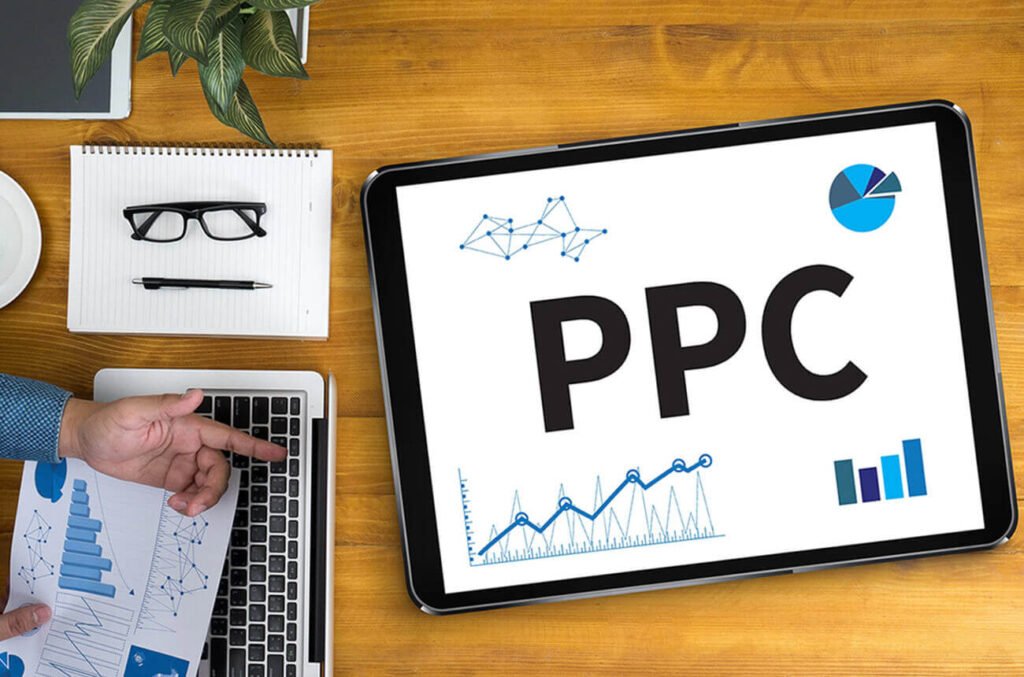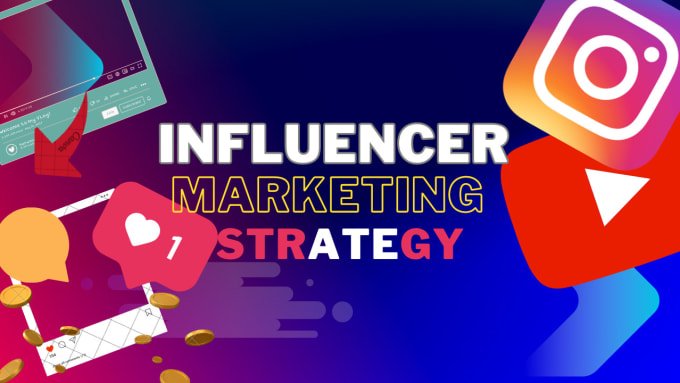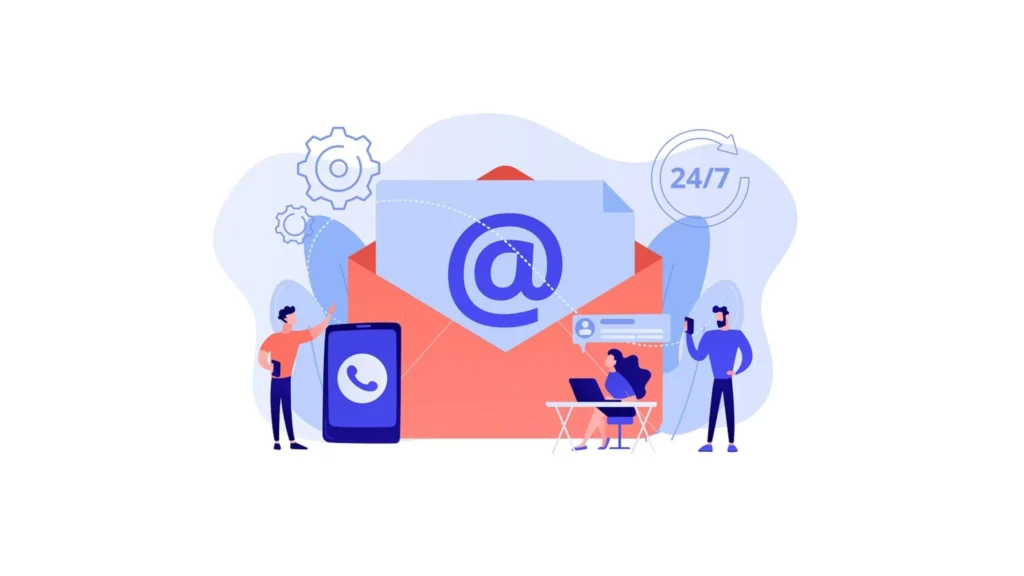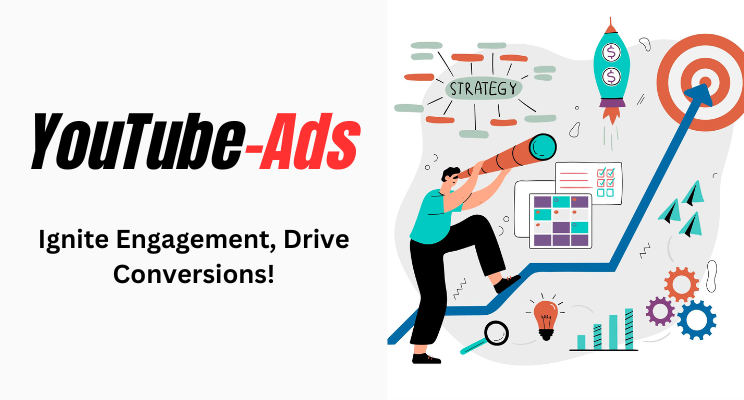Content Curation for Social Media
Content curation emerges as a potent tactic in the dynamic world of social media to keep your audience engaged and your feed fresh. This book delves into the art of content curating for social media, including tips on how to efficiently source, organize, and share curated information. The Content Curation Role in Social Media Strategy Understanding the role of content curation is the first step toward developing an effective social media strategy. Investigate how curated material enhances original creations, adds value to your audience, and defines your brand as a trustworthy source of information. Recognize the influence of tailored content on community involvement. Determining Your Target Audience’s Preferences Understanding your audience’s tastes is the first step in curating material that will resonate with them. Delve into strategies for identifying your target audience, analyzing their interests, and discerning the content types they engage with. Explore tools and analytics to gather insights that guide your curation efforts effectively. Selecting Reliable Sources and Influencers When choosing sources for curated material, dependability is essential. Investigate methods for locating credible sources and influencers in your niche. Investigate technologies that can assist you in tracking industry trends and staying current on key issues. Align with trusted voices in your field to improve your content curation process. Curated Content Organization for Maximum Impact Organizing your curated material improves its social media impact. Investigate methods for categorizing curated information, developing themes, and maintaining a balanced blend. To create a consistent and integrated presence on your social media platforms, consider using content calendars and scheduling tools. Share Your Unique Point of View and Commentary It is critical to provide your distinct perspective when curating information. Delve into strategies for providing commentary, insights, or personal anecdotes alongside curated content. Explore how your voice contributes to the narrative, making the content more relatable and fostering audience engagement. Optimize your commentary for authenticity and relevance. Leveraging User-Generated Content In content curation, user-generated material is a valuable asset. Investigate ways for fostering user-generated content and incorporating it into your curated stream. Investigate the advantages of highlighting your community’s contributions and cultivating a sense of inclusivity. Improve your approach to effectively leveraging user-generated content. Making Use of Content Curation Tools Content curation tools make the process easier and more efficient. Examine prominent content curating platforms like Feedly, Pocket, and Flipboard. Investigate how these tools can help you effortlessly discover, organize, and distribute curated information. Improve your workflow by adopting tools that are compatible with your curation strategy. Creating Visually Engaging Curated Content On social media, visual attractiveness is everything. Investigate techniques for providing visually appealing images that accompany handpicked content. Explore the use of compelling images, infographics, or customized graphics that enhance the visual storytelling aspect. Optimize your visuals to capture attention and convey the essence of curated content effectively. Understanding Copyright and Giving Credit In content curation, it is critical to respect copyright and give correct acknowledgment. Investigate the complexities of copyright laws, fair use, and attribution. Investigate techniques for transparently crediting original artists and sources. To assure ethical and legal procedures, optimize your content curation process. Iterating and Analyzing Performance Metrics Measuring the effectiveness of curated content is critical for improvement. Examine important performance indicators like engagement, reach, and click-through rates. Investigate the analytics tools made available by social media networks to acquire insight into audience behavior. Improve your content curation strategy with data-driven analysis and iteration. Relationship Building with Content Creators Developing relationships with content creators improves your curation skills. Investigate methods for engaging with creators, obtaining permission to share work, and promoting collaborations. Explore the mutual benefits of building a network within your industry. Optimize relationship-building for a symbiotic and supportive content ecosystem. Curating Trends and Timely Content In social media content curation, staying current with trends is critical. Investigate ways for locating and curating timely content that corresponds to industry trends and important events. Investigate the significance of agility and adaptation in your curation strategy. Optimize your content strategy to reflect the ever-changing social media ecosystem. Choosing Between Curated and Original Content Finding the correct blend of curated and original material is critical. Investigate ways for keeping a harmonious balance that is consistent with your brand’s voice. Investigate how original content can improve the authenticity and distinctiveness of your feed. Improve your content strategy to create a well-rounded and attractive social media presence. Curated Content Promotes Audience Engagement Curated content should spark engagement from your audience. Delve into strategies for encouraging likes, comments, and shares. Explore the use of interactive elements such as polls, questions, or challenges. Optimize your curated content for increased participation and community interaction. Adapting to Platform-Specific Best Practices Different social media platforms have their own set of dynamics. Investigate best practices for content curation on sites such as Instagram, Twitter, Facebook, and LinkedIn. Investigate how responding to the quirks of each platform improves the exposure and effect of your selected content. Conclusion Social media content curation is a dynamic and purposeful undertaking. You can curate a captivating and engaging social media feed that resonates with your audience, fosters community, and establishes your brand as a trusted curator in the digital landscape by implementing these strategies—from selecting reliable sources to building relationships and analyzing performance.
Content Curation for Social Media Read More »












